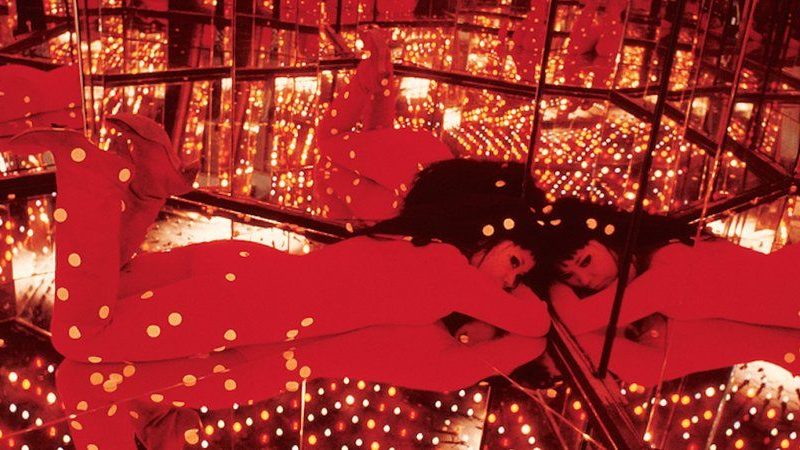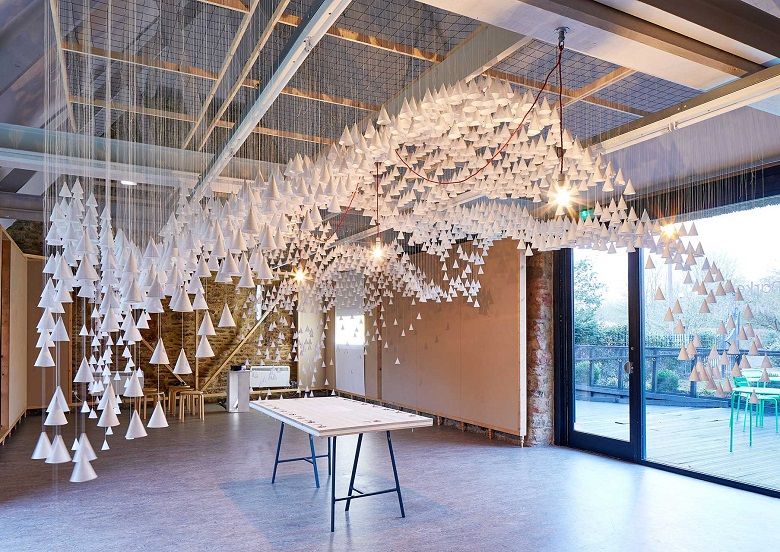When it comes to creating stunning mixed media artworks, textures play a crucial role in adding depth, interest, and character to the final piece. Whether you’re a seasoned artist or a beginner looking to experiment with different mediums, understanding the importance of textures can take your creations to the next level. In this article, we’ll explore the various ways textures can enhance your mixed media projects and provide tips on how to incorporate them effectively.
Creating Visual Interest
Textures are essential for creating visual interest in mixed media art. By incorporating a variety of textures such as rough, smooth, shiny, or matte surfaces, you can add dimension and complexity to your artwork. Textures can evoke different emotions and provoke sensory experiences, making your piece more engaging and dynamic.
Experiment with different materials like fabric, paper, metal, or found objects to create unique textures that complement your overall design. Mixing and layering textures can create a sense of depth and movement, drawing the viewer’s eye and creating a visually stimulating experience.
Enhancing Composition
Textures can also enhance the composition of your mixed media creations. By strategically placing textures throughout your artwork, you can create focal points, balance the overall design, and guide the viewer’s attention. Textures can help create a sense of unity and cohesiveness within your piece, tying together disparate elements and creating a harmonious whole.
Consider the placement of textures in relation to other elements in your artwork, such as color, shape, and line. Experiment with different textures to see how they interact and complement each other, creating a rich and dynamic composition that grabs the viewer’s attention.
Adding Tactile Sensations
One of the unique aspects of textures in mixed media art is their ability to evoke tactile sensations. Textures can create a sense of touch and physicality, inviting the viewer to engage with the artwork on a more sensory level. Whether it’s the roughness of a piece of sandpaper, the softness of a piece of fabric, or the smoothness of a glossy finish, textures can add a tactile dimension to your artwork that enhances the overall experience.
Experiment with different techniques for creating textures, such as painting, collaging, embossing, or adding mixed media elements. Play with different tools and materials to achieve the desired tactile effects, and don’t be afraid to get your hands dirty in the process. Incorporating textures that invite touch can create a more interactive and immersive experience for the viewer.
Tips for Incorporating Textures
Here are some tips for incorporating textures effectively in your mixed media creations:
Experiment with different materials and techniques to create a variety of textures.
Consider the placement of textures to enhance composition and create visual interest.
Combine textures to add depth and complexity to your artwork.
Don’t be afraid to get creative and try new things – the possibilities are endless!
By understanding the role of textures in mixed media creations and experimenting with different materials and techniques, you can take your artwork to new heights. Whether you’re looking to add visual interest, enhance composition, or evoke tactile sensations, textures can play a powerful role in elevating your mixed media projects to the next level.
Conclusion
Textures are an essential element in mixed media art, adding depth, interest, and character to your creations. By experimenting with different materials, techniques, and placement of textures, you can enhance the visual appeal, composition, and tactile sensations of your artwork. So don’t be afraid to get creative and incorporate textures in your next mixed media project – the results may surprise you!


